Principle and function of gait analyzer in measuring plantar pressure distribution
I. Measurement principle
Data acquisition
Pressure sensor and pressure plate: The core of the device is a high-sensitivity pressure sensor (such as piezoresistive, capacitive or piezoelectric), which is integrated in a pressure plate or wearable insole. The pressure plate is covered with a dense sensor grid to capture the pressure values of various areas of the sole in real time, and a single measurement can cover thousands of data points.
Static and dynamic measurement modes:
Static mode: Measure plantar pressure distribution when standing, evaluate arch shape, body center of gravity offset and balance ability;
Dynamic mode: Record pressure changes when walking or running, and analyze the pressure peak and distribution characteristics of the heel landing, mid-support and forefoot push-off phases in the gait cycle.
Data transmission and processing
Sensor data is transmitted to the terminal device via wired or wireless methods (such as Bluetooth, Wi-Fi), and combined with special software to generate visual charts (such as pressure heat map, center of gravity trajectory curve)
Analysis parameters include step length, step frequency, plantar pressure center (CoP) trajectory, foot inversion and inversion angle, etc., to quantify the degree of gait abnormality.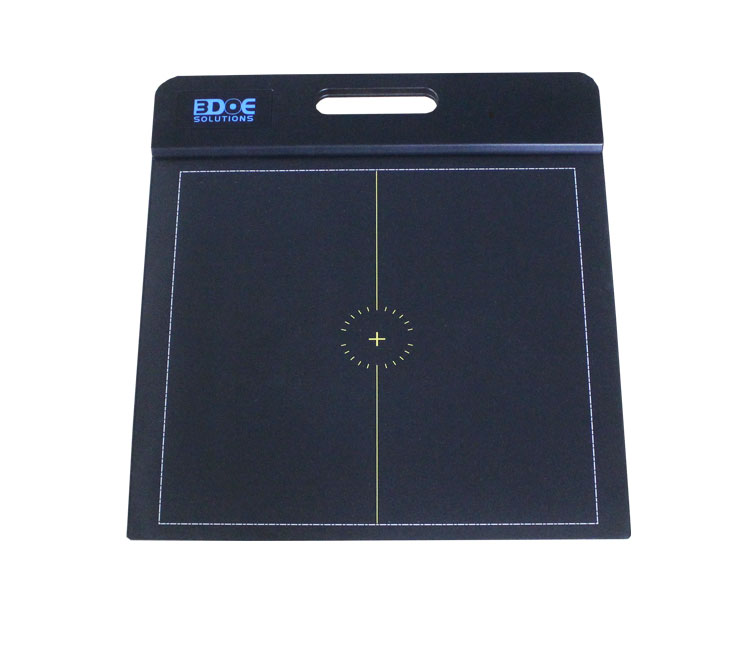
2. Core role
Clinical diagnosis and disease assessment
Identify foot structure abnormalities (such as flat feet, high arches, inversion and inversion) and pathological gait (such as the risk of diabetic foot ulcers), and indicate bone, muscle or ligament lesions through uneven pressure distribution.
Evaluate lower limb biomechanical imbalance (such as abnormal knee joint load, scoliosis compensation), and provide a basis for surgery or conservative treatment.
Sports health and injury prevention
Analyze the peak area of plantar pressure during exercise (such as excessive forefoot load), guide sports posture adjustment or shoe selection, and reduce the risk of injuries such as stress fractures and plantar fasciitis.
Optimize athletes' gait efficiency and improve sports performance.
Rehabilitation training and corrective device design
Monitor changes in pressure distribution during rehabilitation training and evaluate the progress of arch support and balance recovery.
Customize orthotic insoles or corrective shoes based on individualized pressure data to accurately disperse the load in high-pressure areas (such as prevention of diabetic foot ulcers).
Biomechanical research and health management
Study the foot pressure characteristics of different populations (such as the elderly and children), establish biomechanical models, and support the development of health intervention strategies.
Track foot pressure changes over a long period of time to warn of potential foot disease risks.
The gait analyzer uses high-precision pressure sensing technology and dynamic gait analysis algorithms to achieve quantitative evaluation of plantar pressure distribution.
Its functions cover disease diagnosis, exercise optimization, rehabilitation support, and scientific research analysis, providing accurate foot health management solutions for multiple fields.

 +86-0755-86131192
+86-0755-86131192 2025-03-18
2025-03-18 Back to list
Back to list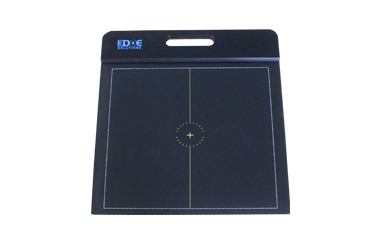
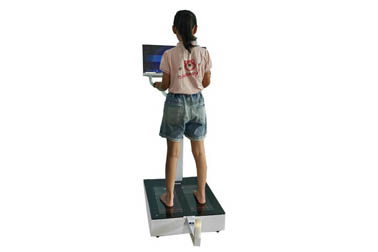
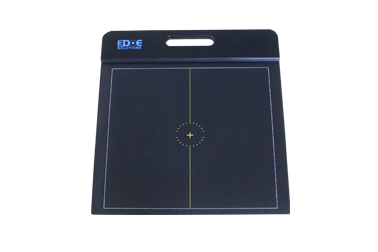

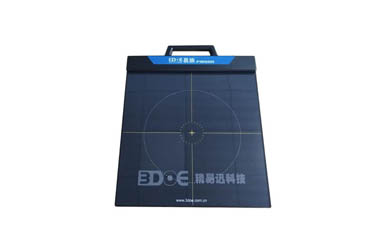
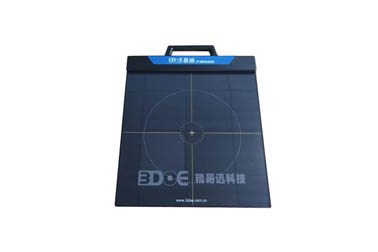



 +86-0755-86131192
+86-0755-86131192